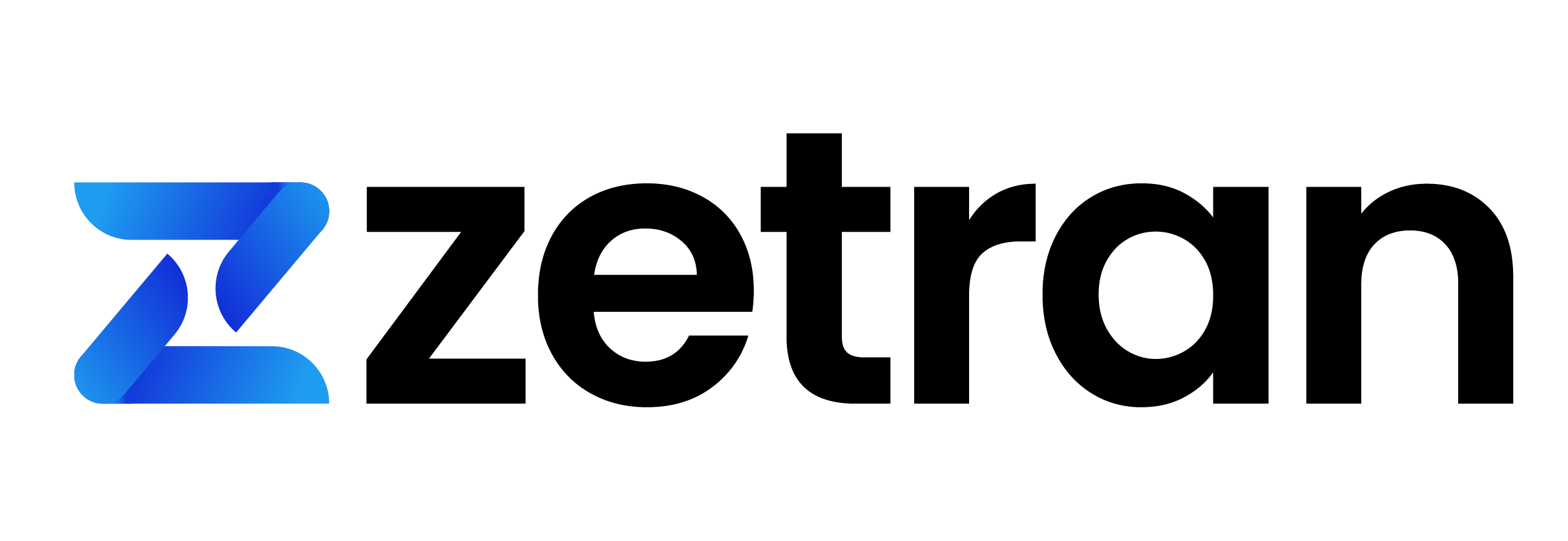A bill of materials (BOM) is a vast inventory holding the list of raw materials, both assemblies & subassemblies, components, also the quantities which are required to manufacture a product. In a nutshell, it is all with the list of entire elements to construct a product.
Bill of materials (BOM), not only holds the above-mentioned list. It also contains the instruction for purchasing and utilizing the material. A bill of materials (BOM) is referred to as the structure of the product, list of assembly components, or the production recipe.
In simple terms, the bill of materials (BOM) is nothing but a comprehensive list of raw materials, components, and instructions that are needed to build, manufacture or fix a product or service.
Bill of materials (BOM) Example
Let’s consider an example of a bill of materials (BOM). Take a bicycle manufacturer. The manufacturer wants to construct 1500 bicycles.
So, the bill of materials (BOM) will include the list of all the components that are required to build 1500 bicycles. Some of the example bill of materials (BOM) component lists are – wheels, handlebars, pedals, seats, chains, tires, brakes, and cranksets with the respective quantity for each of the mentioned items.
Businessers prepare the bill of materials for – the hardware products, software, or services.
Bill of materials (BOM) Structure
Generally, the BOM will have a hierarchical structure with the accomplished end item at the top. It will hold the code of the product, component description, requires quantities, costs, and other required specifications.
There are two common methods for representing the bill of materials (BOM). They are – single-level and multi-level bombs.
Method 1: Single-level BOM
The single-level BOM holds the simple list with respective assembly or subassembly that are required to build a product shown once, with the respective no.of quantity for each product as per the necessity. The single-level method is one of the easy methods to develop.
Though this type is easy to specify, it doesn’t suit any of the complex products. It is because the single-level method does not pinpoint the connection between – the parent and child components, assemblies & subassemblies.
One of the large complexity faced while using the single-level BOM method is that, when there is a failure in the products, it is difficult for the manufacturer to diagnose which of the part need to be repaired or replaced.
Method 2: Multi-level BOM
When we compare the single-level bill of materials, the multi-level BOM is more complex to build. But with this method, you will get more detailed specifications on each of the products. Its hierarchy will include the parent and the child part, with the assemblies and subassemblies.
For the product planning system, the bill of materials is the floor. The BOM information also contains – basic information for the process of business, such as – resource planning for manufacturing, cost of the product, fabric requirement to exhibit, and plant supervision.
The bill of materials (BOM) is the combination of all the data that are required to construct the final product. Thus, the BOM is not only utilized in the manufacturing sectors but also in engineering, sales, plant management, design, and material management.
Types of the bill of materials (BOM)
There are many types of BOM. But in this article, we split the types into two sections – mainly used types and other types.
The main types of the bill of materials (BOM)
- Manufacturing
- Engineering
- Sales
Other types of the bill of materials (BOM)
- Configurable
- Production
- Assembly
- Template
- Software
The main types of the bill of materials (BOM)
Manufacturing BOMs (MBOM):
This type of bill of materials (BOM) contains an extensive list of all the components and subassemblies that are required to prepare a manufactured, shippable accomplished product. Further, the manufacturing BOM will also contain detailed information regarding the parts which are necessary to process the assembly and describes how diverse components in a product are connected to one another.
The data in the MBOM is shared with every business integrated system, which is implicated in ordering and constructing the product including ERP, MRP, and, in some rare cases, a manufacturing execution system.
Engineering BOM (EBOM):
An engineering bill of materials (EBOM) describes the assemblies and components which is designed by the respective engineering department. The engineering BOM (EBOM) will display the element structure from the perspective of the functional site and includes either technical or mechanical drawings of the respective product.
Generally, engineers who use either electronic design or computer-aided design automation tools will construct the design. It is more familiar to hold more than one EBOM for every product as the design is modified.
Sales BOM (SBOM)
A sales bill of materials (SBOM) describes the product component which is primary to assembly in the phase of sales. In SBOM, the checklist of accomplished products and the required elements to create it appear individually in the sales order record. The accomplished product is composed as a sales item rather than a stock item.
Note: From the above-mentioned type of BOM, each and every type of BOM will differ in its structure and the phase of details. For instant, when you take the engineering bill of materials (EBOM) – it may list the components bonded to a specific operation of the product like chips for a circuit board. A manufacturing BOM (MBOM) will list each and every item that goes into product manufacturing.
Other types of the bill of materiala (BOM)
Configurable BOMs
Configurable BOMs are utilized in firms with numerous possibilities and highly configurable components. Configurable BOMs are created to meet the necessity of individual client requirements. Further, it will determine the construction materials, labeling, and finally the packaging materials. Some examples of configurable products are – cars, data center software or hardware, and PCs.
Production BOM
Production BOM is another term for the first half of the manufacturing BOM. Production BOM is a list of all structured elements and subassemblies utilized in the parent production item.
Assembly BOM
Assembly BOM is added in the second half of the manufacturing BOM. It will list the parent as a sales item but not as an inventory item.
Template BOM
A Template BOM is offered for the regular servicing individuals with the list of standardized components for the items. The components will indicate the entities’ subcomponents that are serviced. This type of bill of materiala is utilized to track which of the subcomponents were replaced or serviced.
Software BOMs
Similar to the name, the software BOMs will list the software components, which may include a combination of both open source and commercial products. Software BOMs (SBOMs) allow developers to provide disparate software components that are secured from vulnerabilities and up to date.
List of elements required to create a BOM
To prepare an effective and efficient bill of materials, there should be 11 core elements.
Component 1: Levels
The BOM will hold several levels. The BOM level number describes where the respective part fits into the hierarchy of the bill of materials.
Component 2: Part name
The part name document helps the manufacturer to detect the parts and delivers information about them.
Component 3: Part number
Part numbers are employed as shorthand to indicate and determine parts. The significant or noteworthy part number represents some of the detailed information about the part. An insignificant part number represents an arbitrary number allocated to a part.
For example,
- Significant part number – HMSE0543 (H for hardware, M for the machine, S for screw, E0543 as screw length)
- Insignificant part number – 093512843 (which has no significant meaning)
Component 4: Manufacturer name
To determine the part, listing the manufacturer’s name is important.
Component 5: Part phase
The part phase represents where is each and every part of the entire product lifecycle.
Component 6: Alternate phase
It implies to the reader whether any of the respective parts can be exchanged for another one, in case of the absence of the original part.
Component 7: Priority analysis
It will describe which of the parts are crucial and assists the users in purchasing based on the priority.
Component 8: Description
It is common and known to all of us. It delivers information about each part and assists the reader to differentiate among identical parts by color shade and size.
Component 9: Quantity
It displays the no.of required components. A unit of measurement must be established for every type of part.
Component 10: Procurement specification
It explains how parts are bought and produced. The designations P (purchased), M (modified), and C (custom) are commonly used.
Component 10: Comments and notes
It is a document of unexpected modifications, to take notes to take the project to the right shape. Notes may also contain diagrams and images of an assembly or part.






